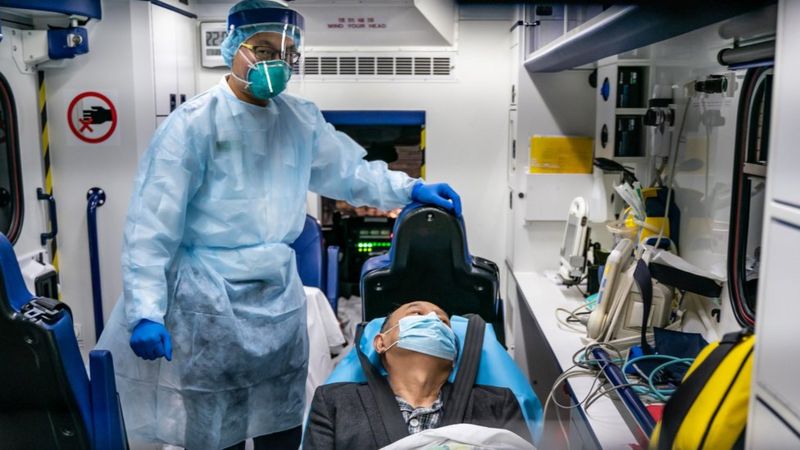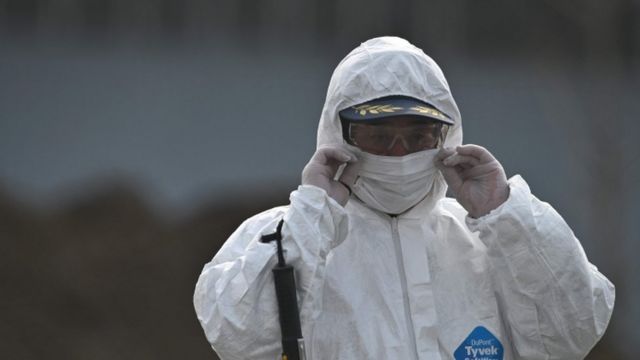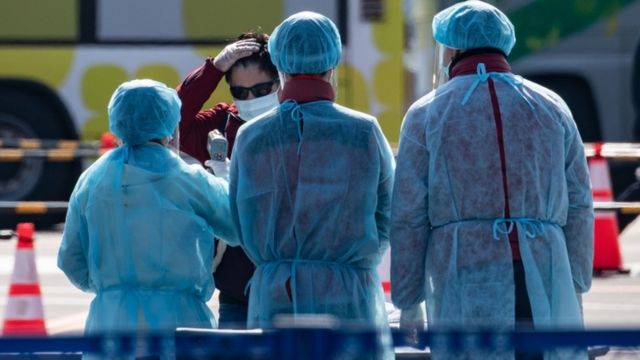
How does this virus attack the body? What are its complications? Who might get seriously ill or die? What is the treatment method?
Studies conducted by doctors on the front lines in Wuhan with the spread of this virus are finding answers to these questions.
The Chinese Center for Disease Control and Prevention has reviewed more than 44,000 confirmed cases and published the results in a report.
According to this report:
The symptoms of the disease are mild in 81%
14% have severe symptoms
In 5%, the patient’s condition worsens
Contrary to the initial reports that showed that men are more affected by this disease, this report shows that there is no difference between women and men.
This virus, which is called (SARS-CoV-2), instead of involving the nose, causes infection of the soft tissues and respiratory tracts deep in the lungs.
Fever, fatigue and dry cough are the most common symptoms among hospitalized patients.
But the medical teams based at Zhongnan Hospital of Wuhan University and Jinintan Hospital in Wuhan say that not all these symptoms are seen in all patients.
Other symptoms include the following:
31% had shortness of breath
11% had body pain
9% were confused
8% had headache
5% had sore throat
The disease can develop into pneumonia – inflammation of the lungs and swelling of the air sacs – and eventually lead to lung failure.
But this report only includes cases where the patient was admitted to the hospital due to the severity of the disease. Many mild cases of this disease remain undiagnosed.
According to an article published in the Lancet medical journal, the first two patients who died at Jinintan Hospital were apparently in good health, but had been smoking for years and had weakened lungs.
The first patient was a 61-year-old man who had severe pneumonia when he entered the hospital.

He had severe respiratory problems, meaning his lungs could not deliver enough oxygen to his body to survive.
In the end, the ventilator was not enough and his heart failed due to pulmonary failure.
He died 11 days after hospitalization.
The second patient, who was a 69-year-old man, suffered from acute respiratory problems.
Doctors tried to treat him by using an artificial lung, but that didn’t work either, and finally his blood pressure dropped drastically and he died of pneumonia and infectious shock.
A clear pattern can be seen in the statistics of deaths caused by this disease.
According to the Chinese Center for Disease Control and Prevention, less than half of patients under the age of 50 have died.
But after that, the death toll quickly increases:
1.3 percent were in their fifties
3.6 percent were sixty years old
8% were seventy years old
15% were over eighty years old
Of course, the actual death rate may be higher, because some patients who are currently being treated may die in the future, and many mild cases of the disease are never detected.
And of course those who were already sick

The death rate among those who did not have other problems is only 0.9%.
But it increases accordingly:
6% of those with high blood pressure
6% of those who suffer from chronic lung problems, such as those who have smoked for years
7% of people with diabetes
11% of cardiovascular patients
Source: BBC
